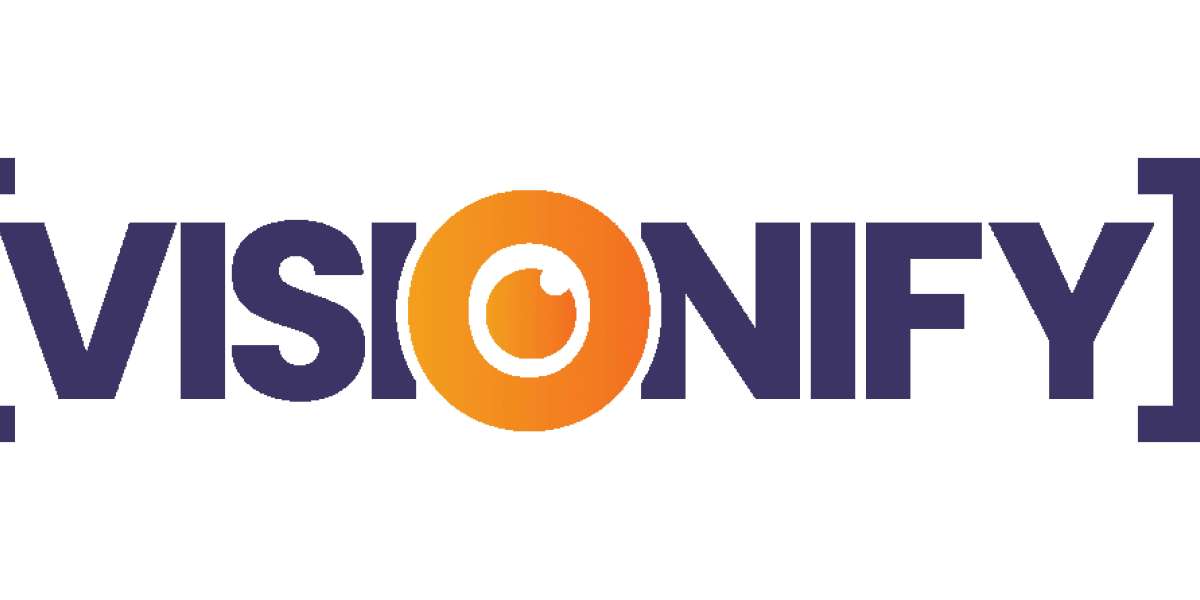Ensuring workplace safety is paramount across all industries. Effective safety protocols prevent accidents, protect employees, and ensure regulatory compliance. Traditional methods often fall short in addressing the dynamic and complex nature of modern work environments. Vision AI provides a transformative solution by enhancing workplace safety through real-time hazard detection and proactive prevention. This technology leverages advanced algorithms and continuous monitoring to identify potential risks, offering a more reliable and efficient approach to maintaining a safe work environment.
Understanding Vision AI
Overview of Vision AI: Vision AI leverages advanced computer vision and machine learning technologies to monitor and analyze environments in real-time. By processing visual data from cameras, these systems can detect anomalies, identify hazards, and ensure adherence to safety protocols.
Key Components: Computer Vision and Machine Learning: Computer vision involves the automated extraction, analysis, and understanding of information from images or video sequences. Machine learning, a branch of artificial intelligence, allows Vision AI systems to enhance their detection capabilities by learning from extensive datasets over time.
Real-Time Hazard Detection: Vision AI is proactive in identifying various hazards in real-time, significantly improving workplace safety. It can detect PPE non-compliance, slip and fall incidents, smoke and fire, vehicle and pathway hazards, spills, and malfunctioning machinery. By continuously analyzing video feeds, Vision AI ensures immediate identification and response to potential risks, thereby maintaining a high level of safety and reducing the likelihood of accidents. This proactive monitoring allows for instant alerts and swift corrective actions, ensuring that hazards are addressed before they escalate.
Popular Vision AI applications
- PPE Non-Compliance Detection: Ensuring consistent use of personal protective equipment (PPE) is vital for safety. Vision AI systems can automatically detect whether workers wear the required PPE and immediately alert supervisors to any violations.
- Slip and Fall Detection: Vision AI quickly identifies 'person down' events, enabling rapid response to potential injuries. This is crucial in environments with high foot traffic or slippery surfaces.
- Superior smoke and Fire Detection: Advanced AI algorithms in Vision AI systems detect smoke and fire more rapidly and accurately than traditional sensors. This early detection capability facilitates quicker evacuation and response, thereby minimizing damage and enhancing safety.
- Vehicle and Pathway Monitoring: Vision AI monitors vehicle movements and pedestrian pathways in logistics hubs like warehouses and ports to prevent collisions. This technology effectively manages traffic flow and ensures safety in busy environments.
- Spills and Leaks Detection: Vision AI immediately detects liquid spills, triggering alerts for prompt cleanup to prevent slips and falls. This capability is essential in industrial settings where spills pose significant hazards.
How Vision AI Works
Vision AI systems continuously monitor and analyze video feeds from workplace cameras. Advanced algorithms process this data to detect deviations from safety norms. The system generates real-time alerts when potential hazards are identified, enabling immediate corrective actions.
Vision AI employs predictive analytics to identify potential hazards before they occur. AI systems can predict risks by analyzing historical data, recognizing patterns, and providing early warnings. For example, if AI detects recurring issues that lead to machinery failures, it can schedule proactive maintenance to address them before they escalate, enhancing workplace safety.
The immediate response capability of Vision AI is a significant advantage. When non-compliance or hazards are detected, the system delivers real-time alerts. These notifications enable safety managers to take prompt corrective actions, preventing minor issues from becoming major incidents. This rapid response capability instills a sense of security and confidence, crucial for maintaining a high level of workplace safety.
Integrating Vision AI into Workplace Safety Protocols
One of the significant advantages of using Vision AI for Workplace Safety is its seamless integration with existing CCTV infrastructure. This means businesses can enhance their safety monitoring capabilities without the need for extensive new installations or high costs. The straightforward integration process reassures business owners, allowing them to quickly adopt Vision AI and start benefiting from its advanced features.
Benefits of Vision AI for Workplace Safety
- Enhanced Safety and Reduced Accidents: Vision AI significantly enhances workplace safety by providing real-time hazard detection and proactive prevention measures, leading to a substantial reduction in workplace accidents and injuries.
- Improved Efficiency and Productivity: By automating the monitoring process, Vision AI frees safety managers to focus on more strategic tasks. This improves overall efficiency and productivity within the workplace.
- Cost Savings and ROI: Investing in Vision AI can lead to substantial cost savings. By reducing the number of workplace accidents, lowering insurance premiums, and minimizing downtime, the return on investment (ROI) from improved safety and efficiency makes Vision AI a valuable addition to any safety protocol.
Conclusion
Vision AI offers numerous benefits for workplace safety, including real-time hazard detection, continuous PPE compliance monitoring, data-driven decision-making, and seamless integration with existing CCTV systems. These advantages collectively enhance safety protocols, reduce accidents, and improve efficiency and employee well-being. By integrating advanced AI technologies into their safety management systems, companies can significantly improve their safety measures and foster a proactive safety culture. Embrace the future of workplace safety with Vision AI and ensure a secure and productive environment for all employees.
Coptright.: http://cybertechplay.freevar.com/read-blog/1265
Know More.: PPE Detection, Workplace Safety, Vision AI, Workplace Compliance Monitoring, Computer Vision Solutions, Easy to use EHs software, Workplace Safety AI solution, PPE Compliance, Machine Learning for Manufacturing









